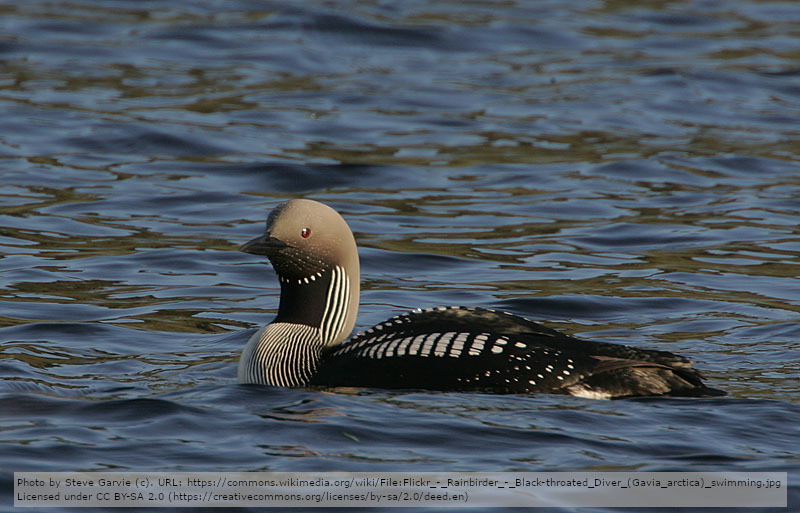Vattenkemi och fiskbeståndens sammansättning i storlommens Gavia arctica häckningssjöar, samt en jämförelse med smålommens Gavia stellata fiskesjöar
DOI:
https://doi.org/10.34080/os.v20.22640Nyckelord:
häckningsframgång, lommar, Gaviidae, habitatval, klimateffekter, interaktion mellan predator och byte, föroreningarAbstract
Breeding performance of Black-throated Diver Gavia arctica was compared to water chemistry, light penetration and density of fish in 122 breeding lakes in Sweden with a total of 184 pairs (1.5 pairs per lake, about 3% of the national population). The breeding lakes were on average nutrient-poor, and 12% of them had a low buffering capacity (alkalinity <0.10 meq/l). Perch Perca fluviatilis, roach Rutilus rutilus and pike Esox lucius, three species characteristic for nutrient-poor lakes, were found in more than 90% of the lakes. Salmonid fish occurred in half of the lakes, compared to >90% of the fishing lakes used by Red-throated Diver. Reproduction was related to high abundance of Perch, and the survival of chicks to light penetration. Poor nutrient status in combination with low pH or alkalinity in approximatively 10% of the breeding lakes of Black-throated Diver and probably more than 30% of the fishing lakes of Red-throated Diver, indicate susceptibility of exposure to methylmercury. This finding should be considered in relation to recent reports of increased contents of mercury in freshwater fish.
Nedladdningar

Downloads
Publicerad
Referera så här
Nummer
Sektion
Licens
Copyright (c) 2010 Mats O G Eriksson, Heidi Paltto

Det här verket är licensierat under en Creative Commons Erkännande 4.0 Internationell-licens.
Författaren/författarna innehar copyright för varje enskilt bidrag, men samtliga bidrag är publicerade under en Creative Commons-licens, så att vem som helst kan dela och återanvända bidraget förutsatt att copyright-innehavaren erkänns.







